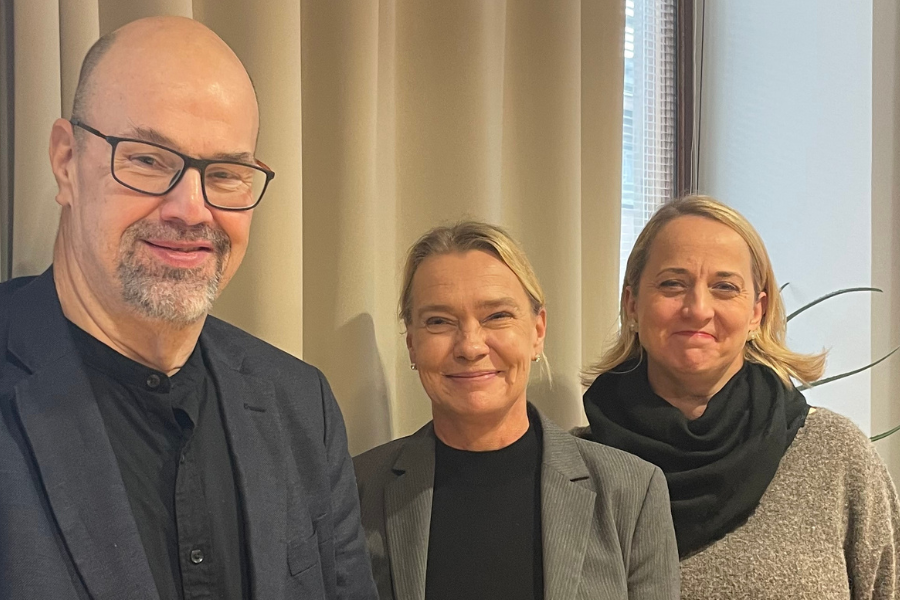
‘Generosity is a super power’ says national fundraising push in France
April 10, 2024
Number of UK donors fell in 2023, yet amount donated rose
April 10, 2024More than half of Spanish nonprofits (54%) are led by a woman, with female leadership particularly common in smaller organisations.
This is according to Fundación Lealtad, a nonprofit organisation which evaluates NGOs. Published ahead of International Women’s Day (8 March), its data covers the boards and leaders of the 277 nonprofits holding its ‘Dona con Confianza’ (Donate with Confidence) accreditation.
In addition to 54% having female CEOs, 44% have a woman as chair or president, and boards or governing bodies are 48% female.
This contrasts with the boards of listed companies, which are 32% female – although that figure has risen rapidly from 14% in 2014. In Spain’s central government administration, 42% of senior roles are occupied by women, while only 26% of university professors are women.
Charity caveats
While the third sector’s numbers are better than others, Fundación Lealtad says that women are still underrepresented in leadership, given that they make up 71% of all employees in these organisations.
The data reveals that there are fewer women in leadership among larger organisations – it says that 80% of female-led NGOs have a budget of less than €3.6m, while 80% of male-led NGOs have a budget of more than €7.3m.
There is also a higher proportion of women on boards in nonprofits where the chair is a woman, while 25% of female chairs and 18% of female board members have a relative who is affected by the issue which the nonprofit exists to tackle. Fundación Lealtad argues that this is “no coincidence”, given the high proportion of women who care for relatives, for whom a natural next step might be to get involved in a relevant nonprofit, and take on more responsibilities.
Ana Benavides, CEO of Fundación Lealtad, comments on the report:
“As we continue to move towards more just and inclusive societies, it is essential to recognise and celebrate these advances, while working together to overcome remaining challenges. Although an initial look at this data might lead us to think that parity has been achieved in the third sector, when you look more closely certain issues do come up, and we must give these more attention.”
Picture by Amy Hirschi on Unsplash




